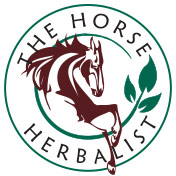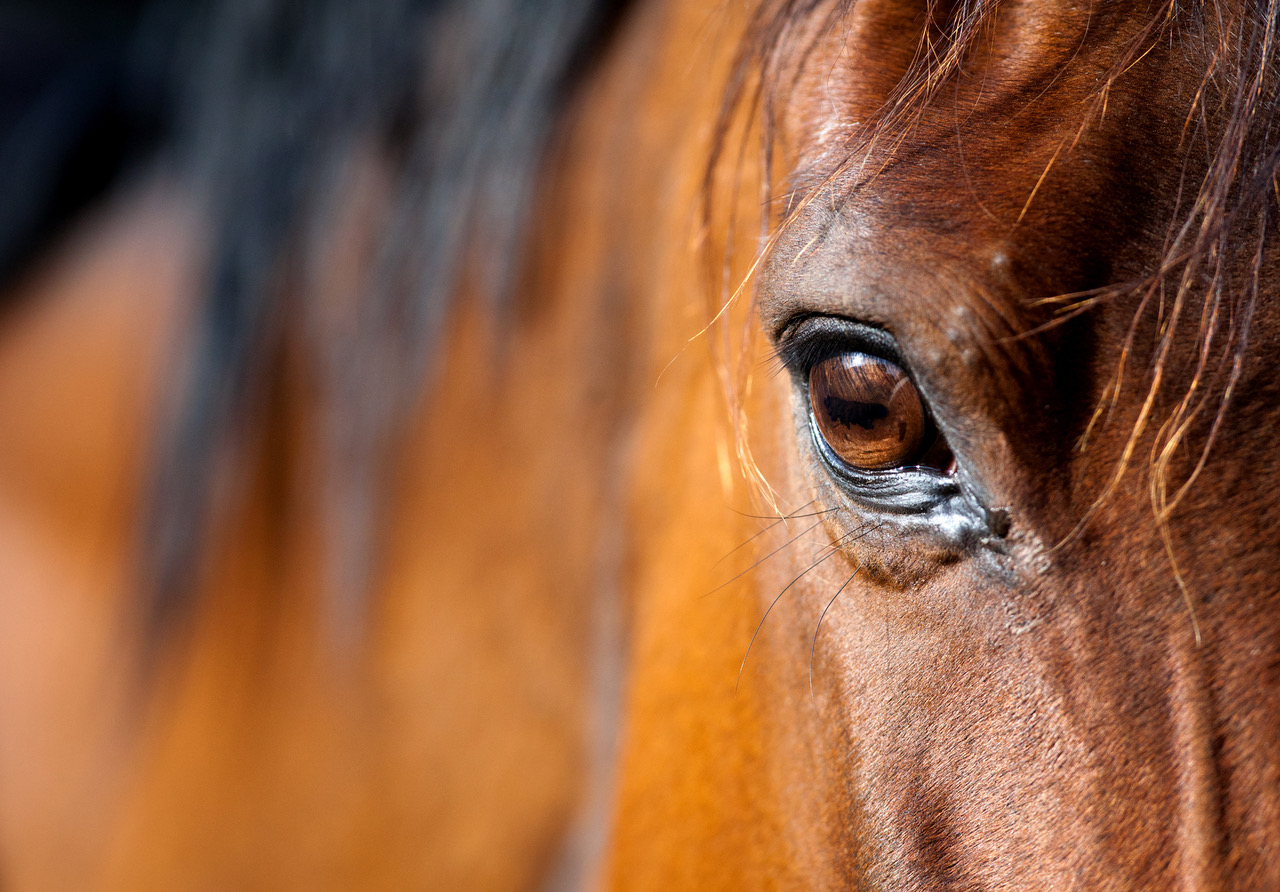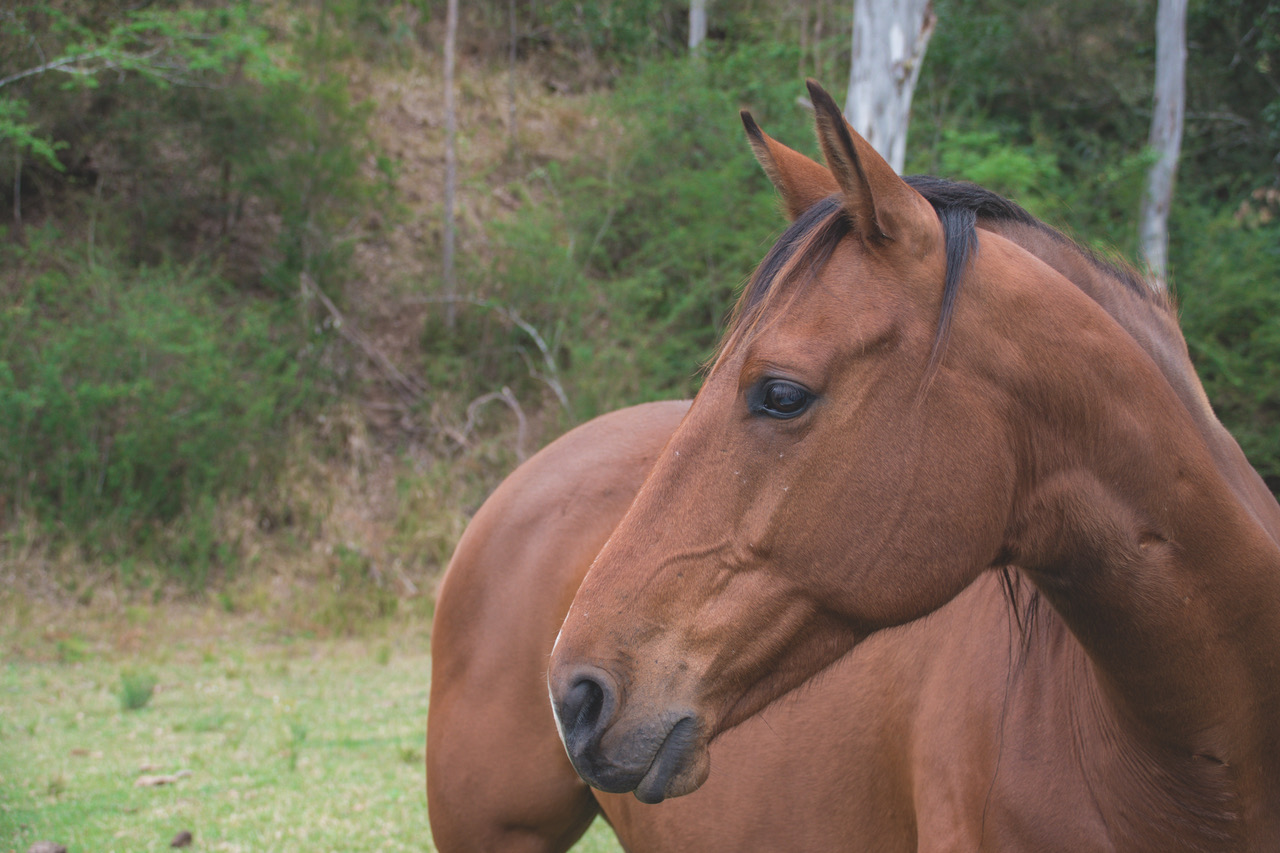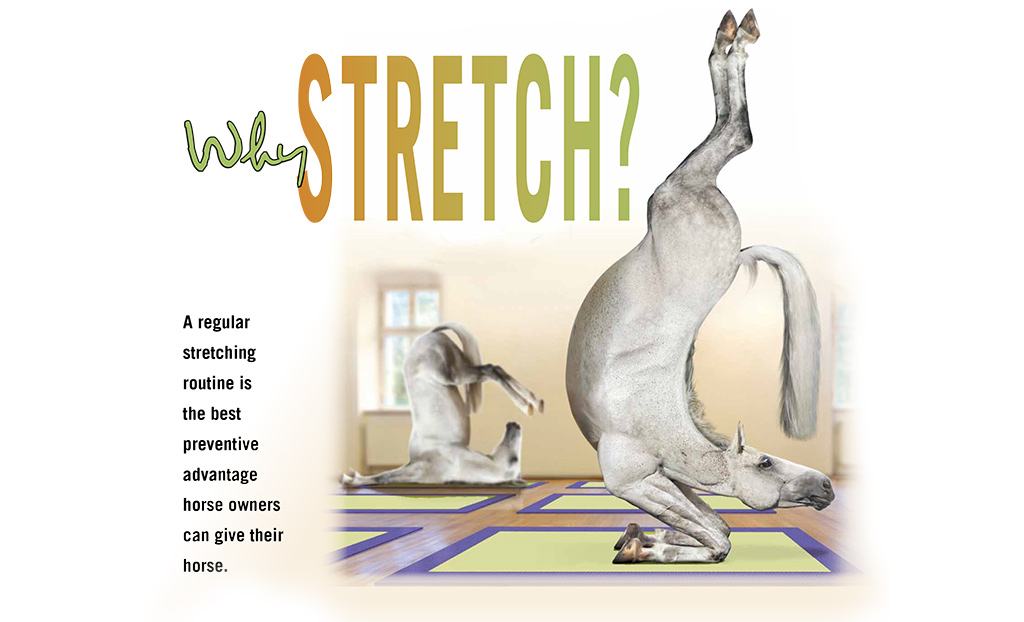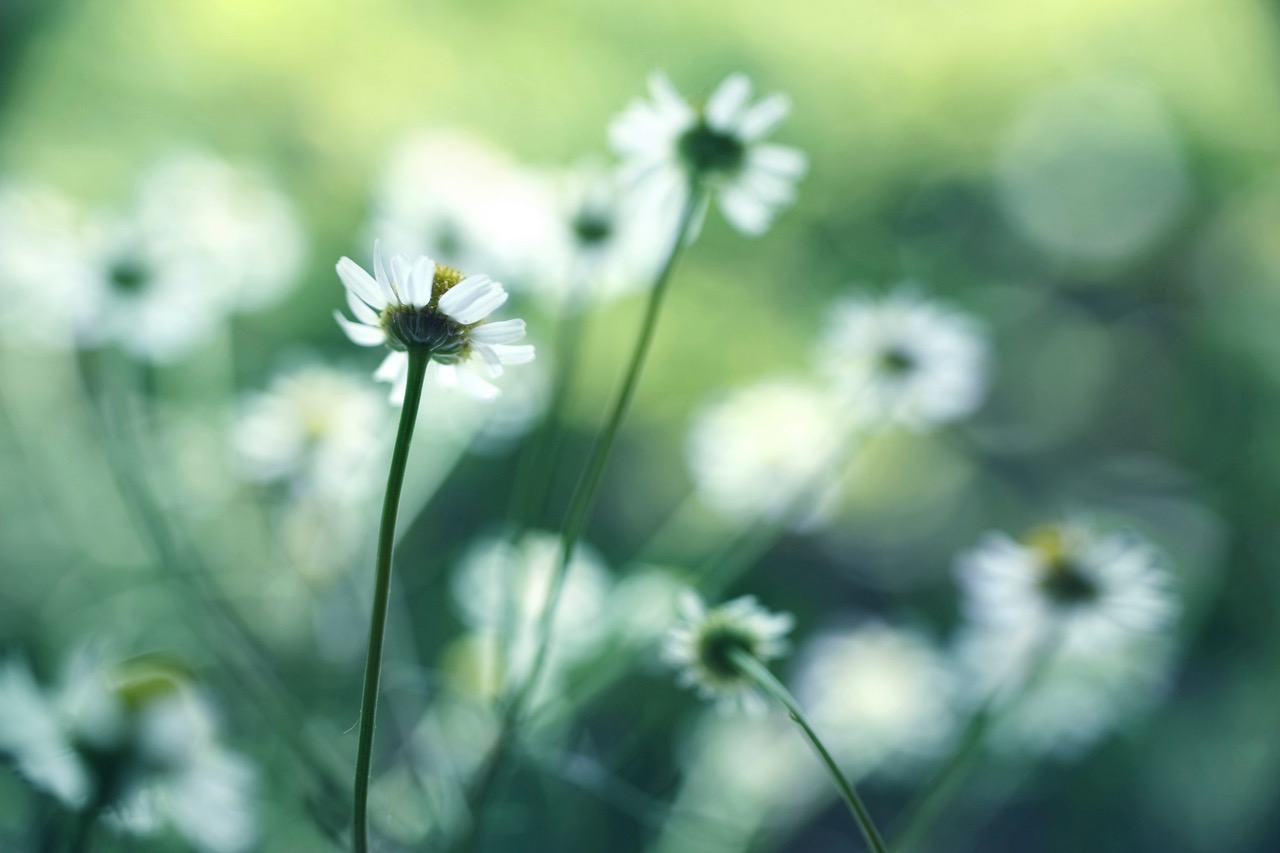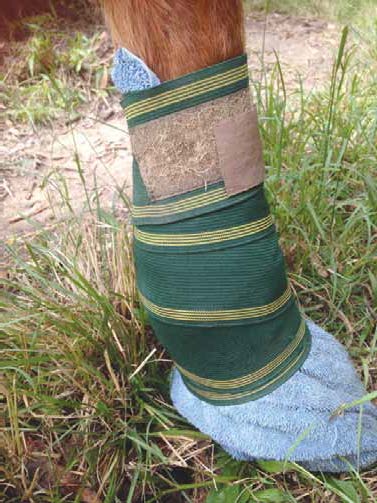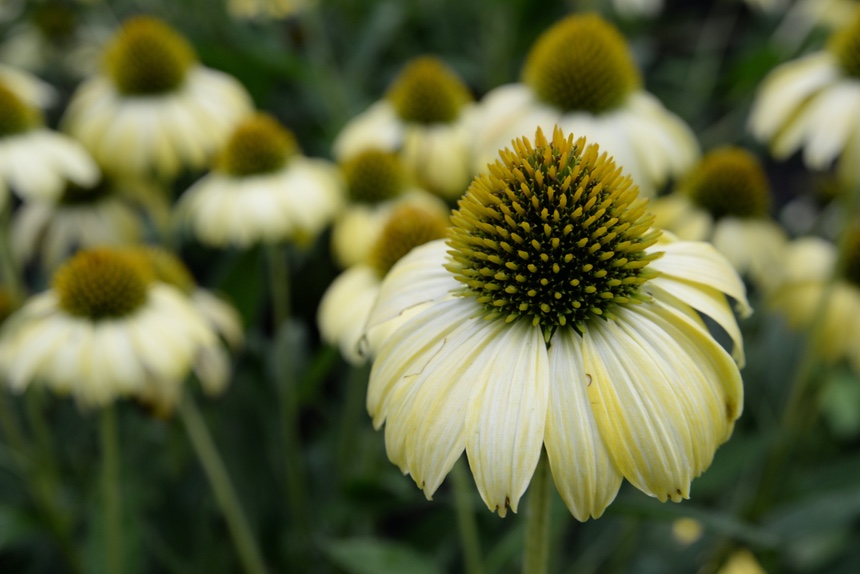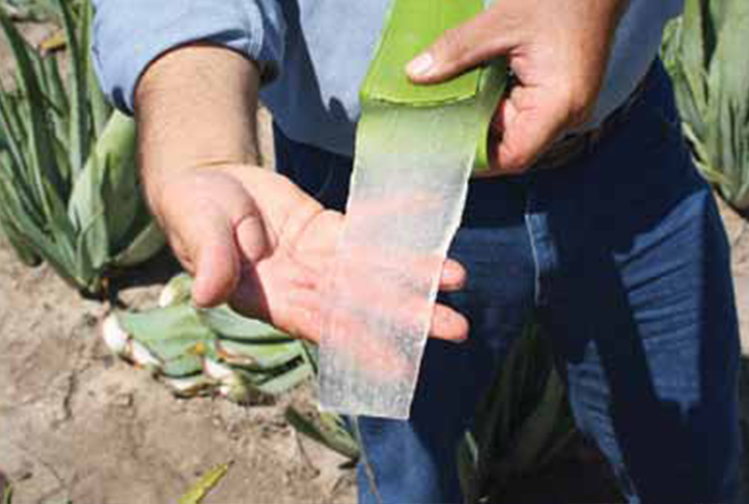Your cart is currently empty!
STABLE STAPLES + Vital Signs
This article was written by Angela Davison and printed in Hoofbeats and outlines the handy homeopathic, herbal mixes and Flower Remedies to have on hand in the stable or pantry to calm and soothe those inevitable moments of crisis! Shock or Rescue Remedy: Into mouth, and add to drinking water. May also be applied or sprayed onto any part of the body. When things go wrong (as they invariably will), always have this on hand for everyone involved (horse, hound, human or otherwise)! It is suitable for use for accidents or emergencies. Dose the injured and the handler. Dosing the injured horse will help the
